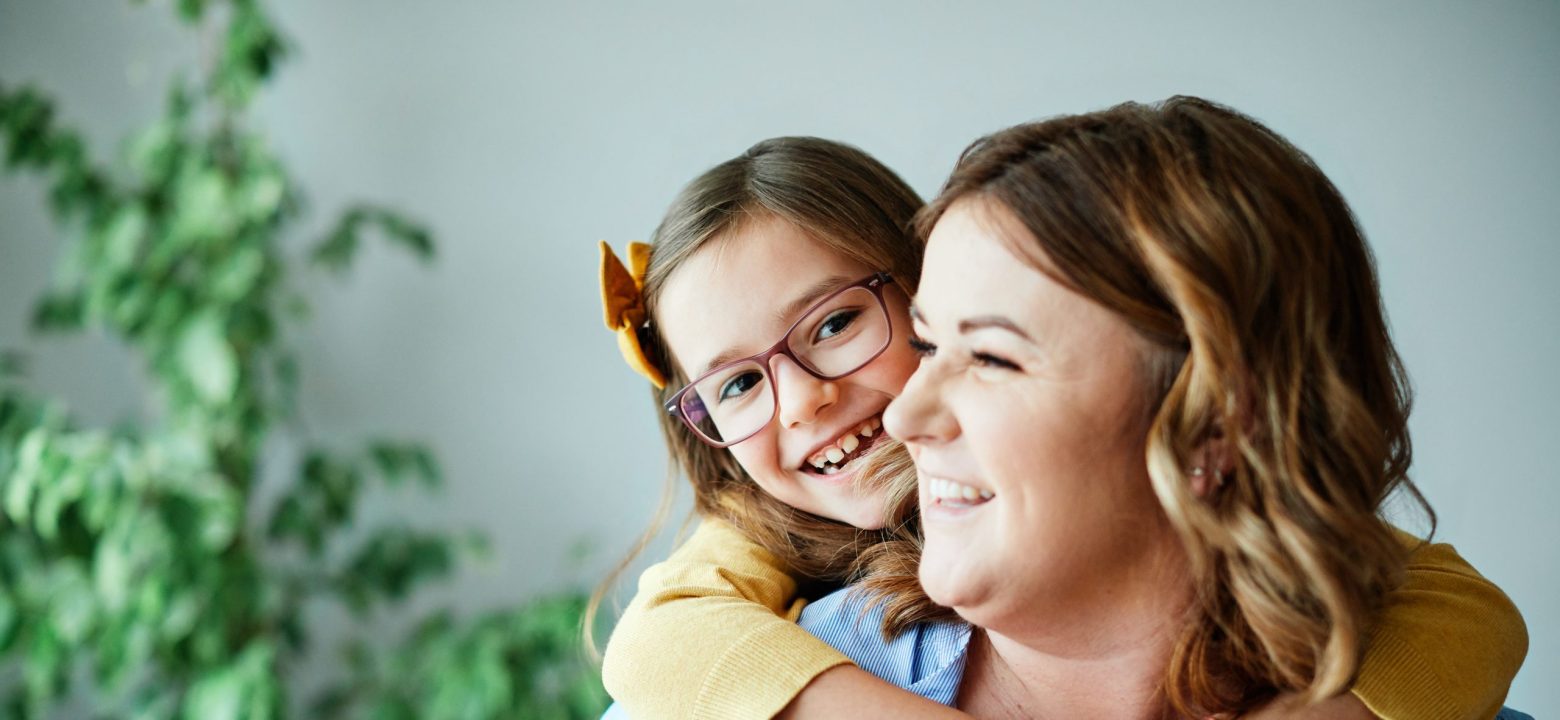Your child’s hearing: developmental milestones

From 0 to 3 months
- Baby can recognize his/her mother’s voice at birth. He/she will be soothed by it.
- Baby will react to noises by:
- startling;
- blinking;
- changing his/her facial expression;
- stretching his/her arms and legs outwards (Moro’s reflex);
- crying.
Suggestions to help with your child’s development:
- Talk to your child, sing, call him/her by name.
- Give your child toys that make sounds.
- Entertain your child by making different sounds with your mouth and by imitating the sounds he/she makes.
From 3 to 6 months
- Baby will turn his/her head towards a voice, sound or noise.
- He/she will stir or awaken to voices when sleeping.
- He/she will be interested and attentive to a musical or noisy toy.
- He/she will react to certain familiar noises even if he/she cannot see the source.
- Baby will start to vocalize sounds.
- He/she will show enthusiasm for music or for a song that he/she likes.
Suggestions to help with your child’s development:
- Talk, sing and play with your child.
From 6 to 10 months
- Baby starts to babble (short syllables such as “ba”, “bo”, “da”, “ma”).
- He/she reacts to music.
- He/she reacts to certain familiar words such as his/her first name, “mom”, “dad”, “milk”, etc.
Suggestions to help with your child’s development:
- Praise your child often.
- Whisper words your child knows in his/her ear to get a reaction.
- Repeat the sounds your child makes so that he/she will imitate them back to you.
- Talk to your child about his/her toys and things around the house.
- Draw his/her attention to different noises around the house.
- Read books together.
From 10 to 15 months
- Baby will try to imitate sounds.
- He/she can show familiar objects if you ask her/him.
- He/she says a few understandable words.
Suggestions to help with your child’s development:
- Show your child parts of the body, and point to them with your finger.
- Show him/her books with color pictures and show him/her how to turn the pages.
- Play with your child and ask him/her questions.
From 15 to 20 months
- Your child can understand simple instructions.
- He/she can point to body parts.
- He/she has approximately 30 words in his/her vocabulary.
- He/she is more attentive when you read his/her favorite book.
From 20 to 24 months
- Your child pays attention to stories in general.
- He/she can combine two words (such as “daddy outside”, “red truck”, etc.).
- He/she pays attention to conversations.
Suggestions to help with your child’s development:
- Read books with your child, ask questions, and have him/her point to pictures.
- Ask your child to do small tasks like putting a toy on the table.
- Talk to your child about everything around you and everything he/she can see.
After 24 months
The child’s language should progress quickly and will include words with multiple syllables (such as “ba-na-na”). (Source: Naître et Grandir, The Hearing Foundation of Canada)
If you wish to know more about speech and language development milestones, please refer to the Montreal Children’s Hospital Speech and Language Pathology department web page.
This page needs an update? Report it here!
